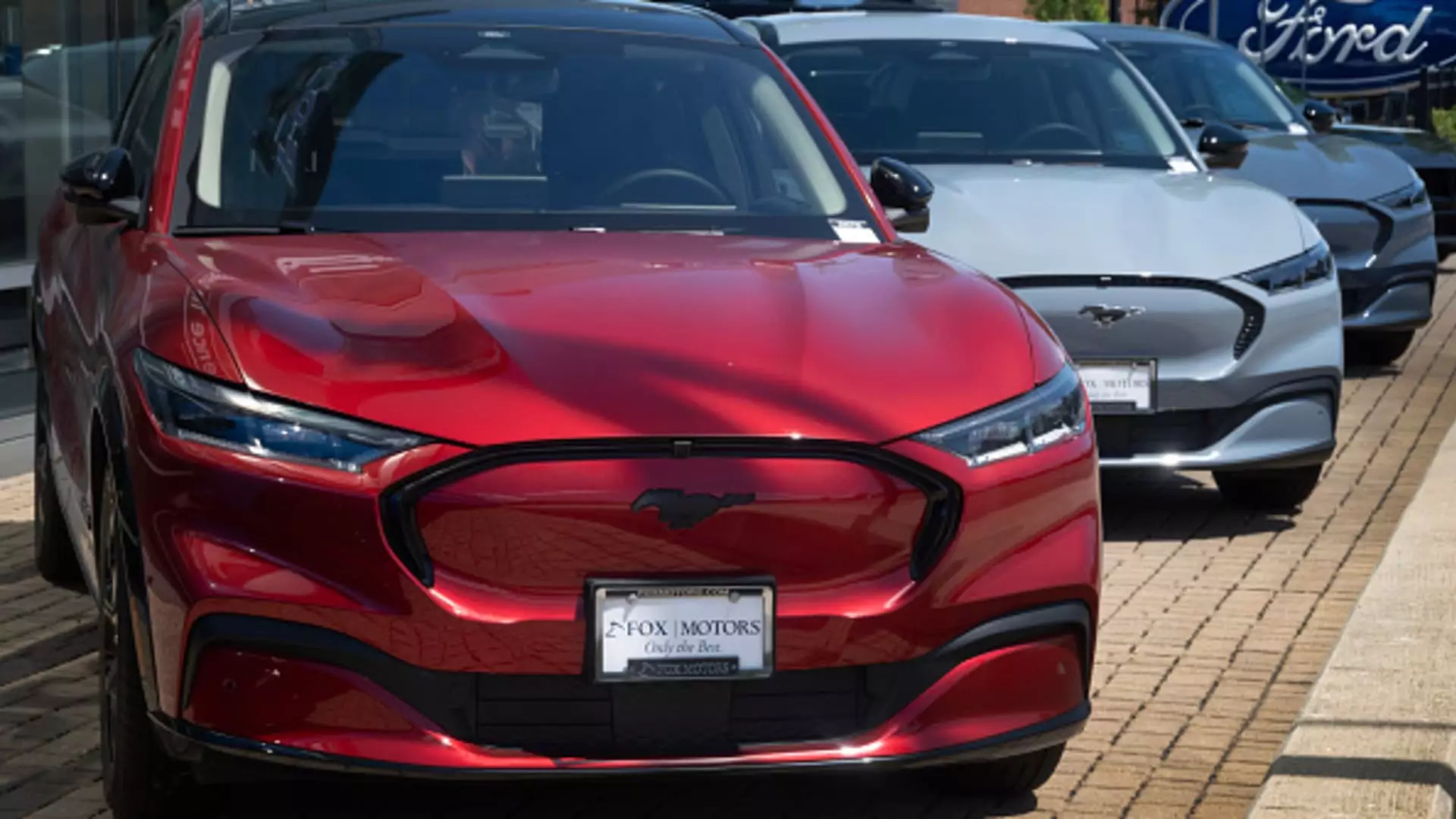Despite facing challenges in the automotive industry, Ford managed to achieve a 1% increase in sales during the second quarter compared to the same period last year. The highlight of this growth was the 5% gain in truck sales, with a total of 308,920 vehicles sold. This marked Ford’s best second-quarter performance in this category since 2019, a promising sign for the company.
Ford also saw significant growth in the sales of electric vehicles and hybrids during the second quarter. Sales of Ford electric vehicles totaled 23,957, showing a remarkable increase of 61%. This growth can be attributed to the popularity of models like the Mustang Mach-E and F-150 Lightning, which are attracting new customers to the brand. Additionally, sales of hybrid vehicles reached 53,822, a 56% increase and a new quarterly sales record for Ford since it started offering hybrid models over 20 years ago.
In an effort to meet tightening federal fuel efficiency standards and facilitate the transition to electric vehicles, Ford and other automakers have been focusing on hybrid technology. By offering a range of hybrid models, Ford is able to cater to customers who may not be ready to make the switch to fully electric vehicles yet. This strategic approach has proven to be successful for the company, as evidenced by the record sales of hybrid vehicles in the second quarter.
Ford’s modest sales growth in the second quarter comes as a positive surprise in the automotive industry. Despite facing challenges such as chip shortages and supply chain disruptions, Ford’s performance exceeded market expectations. The 1% increase in sales, along with the strong performances in the truck, electric vehicle, and hybrid categories, demonstrates Ford’s resilience and ability to adapt to changing market conditions.
Ford’s sales update follows closely on the heels of its crosstown rival General Motors, which reported a 0.6% increase in sales for the second quarter. Both Ford and GM’s sales growth outpaced industry forecasts, which predicted flat year-over-year sales for the second quarter. This indicates that despite challenges in the automotive sector, there is still demand for vehicles, especially in segments like trucks, electric vehicles, and hybrids. Overall, the outlook for the auto industry remains positive, with continued innovation and adaptation driving growth and resilience.


Leave a Reply